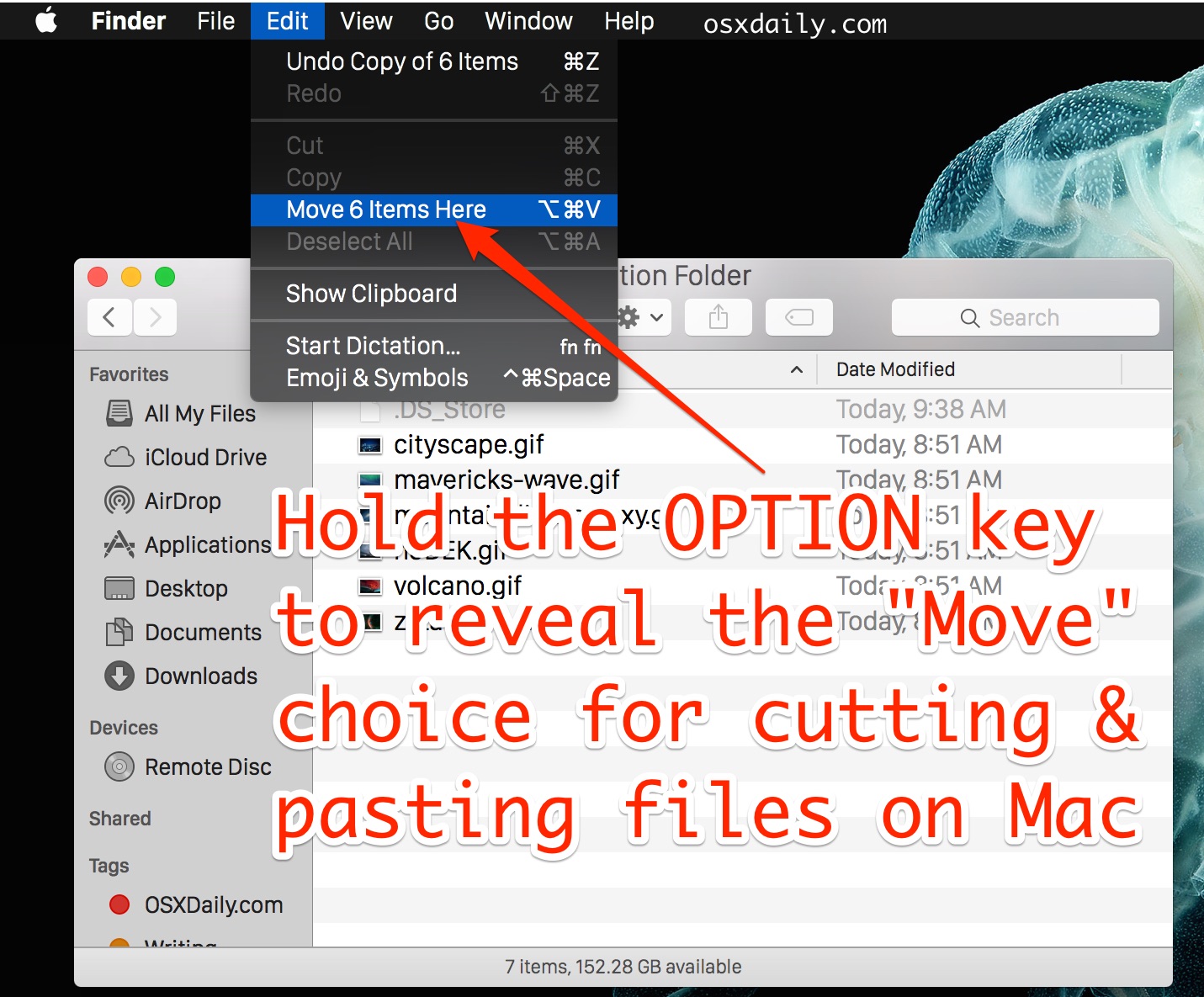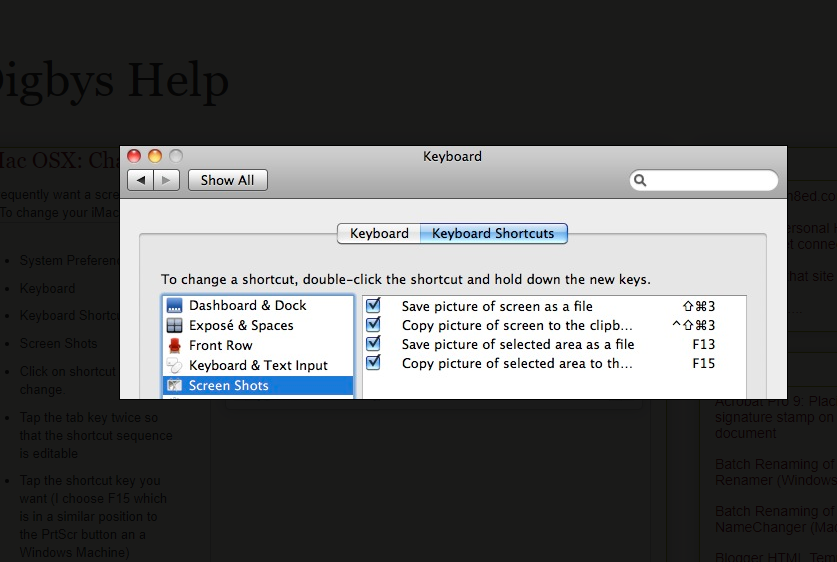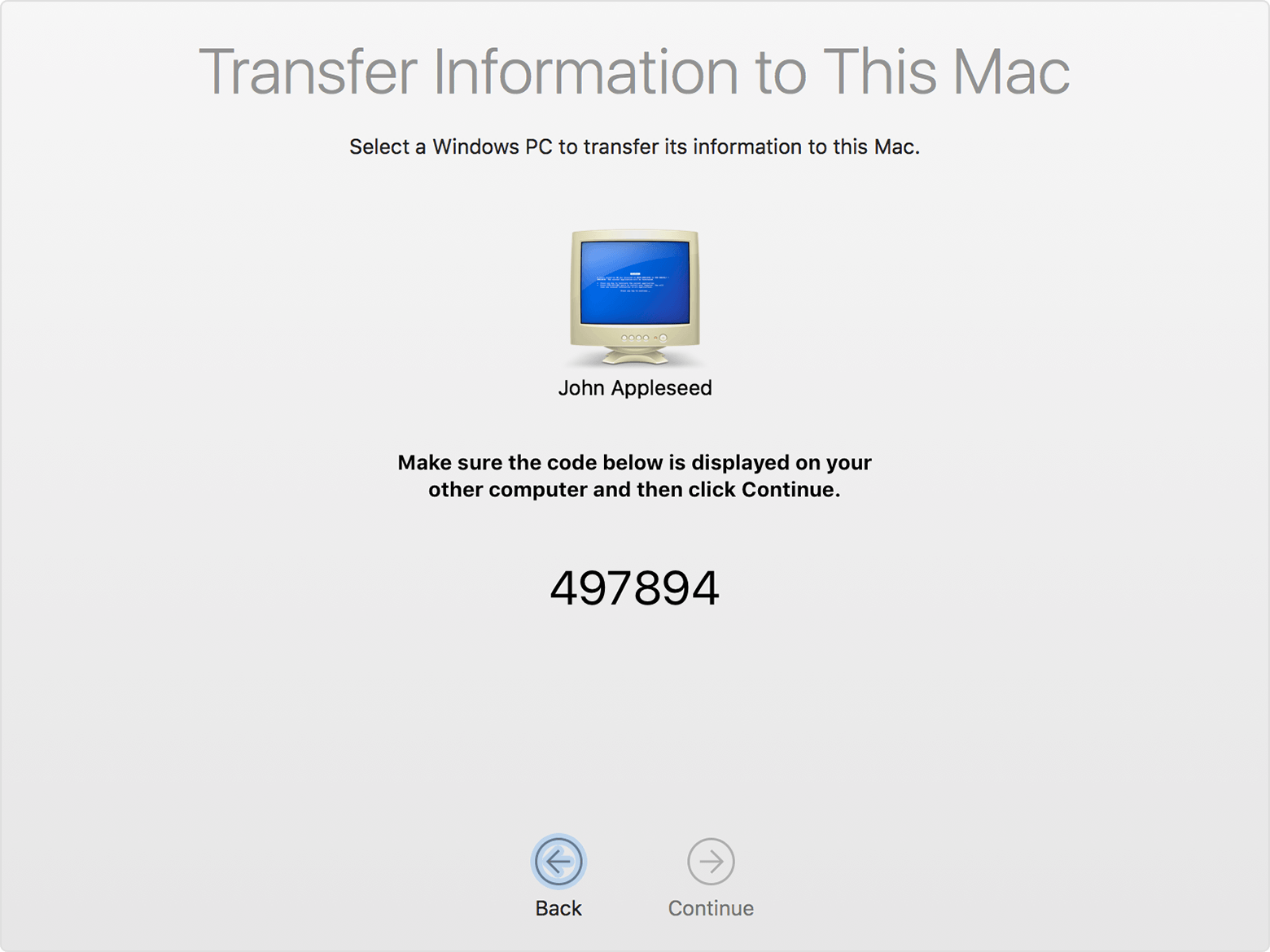
Transferring a Remote File to a Remote Destinationįinally, the following command format is used to transfer a file between two remote hosts: $ scp :path/to/remote/file.ext :path/to/remote/file.ext Let's have a look at transferring a file between two remote hosts. But, when complete, you should have a new file in the folder you specified. This works essentially in the same way, except that the remote user, host, and path are now specified before the local path.Ī prompt will still be displayed for the password belonging to the remote host's user account. $ scp :path/to/remote/file.ext path/to/ local/file.ext In a very similar fashion, we can copy a file from a remote computer to our local machine: Transferring a Remote File to a Local Destination
MAC MOVE INSTEAD OF COPY HOW TO
Now that we know how to transfer a remote file to our local machine, let's discuss the reverse scenario - transferring a file from a remote host to the local host. If you can't use your credentials to log in remotely with ssh, then those credentials will not work when using scp.

This user account must have access to the remote path specified in the command. Once the password is entered, the file will be copied.

The remote-host supplied is the domain name or the IP address of the remote machine we are trying to connect to.The username has to belong to a user of the remote machine. The user supplied in the command is the username.This command will copy the local file file.ext to the specified path (after the colon) on the remote-host.

$ scp path/to/ local/file.ext :path/to/remote/file.ext


 0 kommentar(er)
0 kommentar(er)
